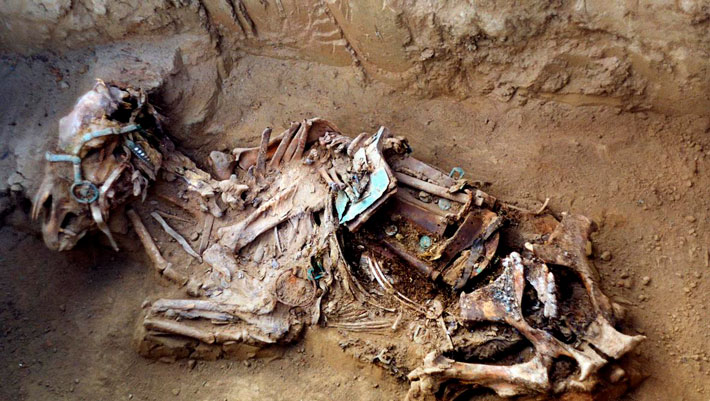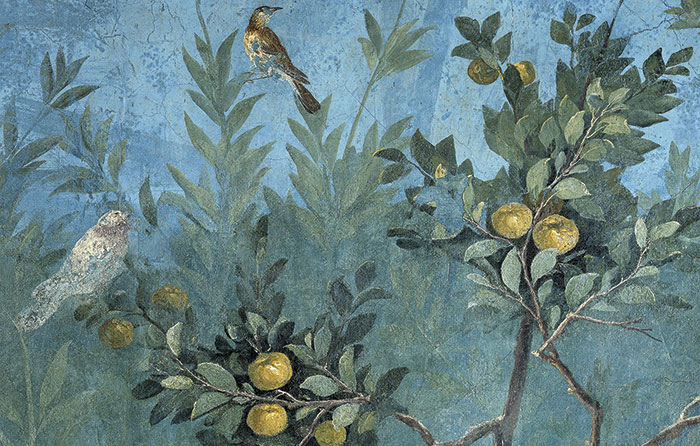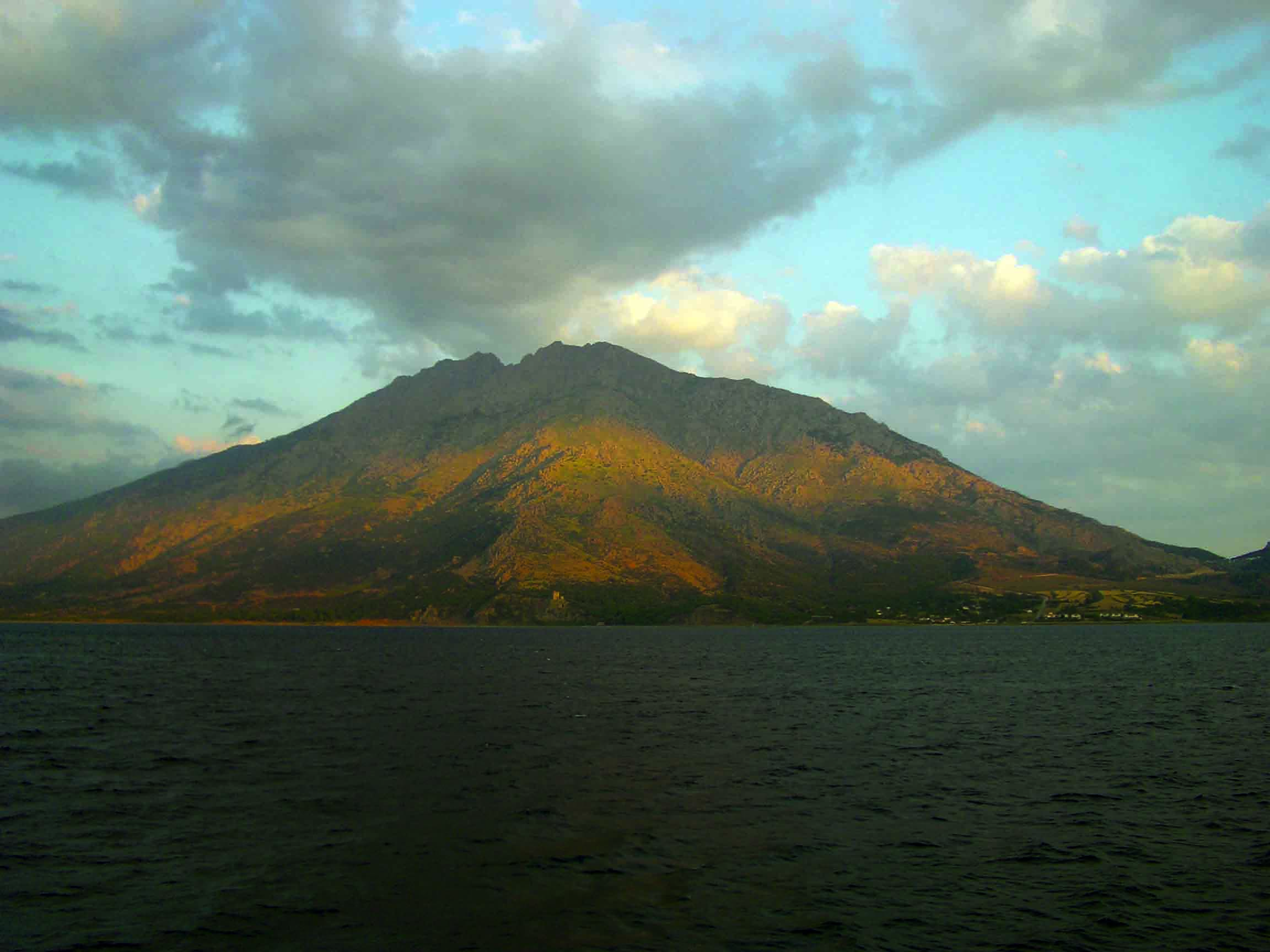
PARIS, FRANCE—According to a Cosmos Magazine report, a new study conducted by an international team of scientists led by Ludovic Orlando of the French National Centre for Scientific Research (CNRS) suggests that horses were first domesticated in the Pontic-Caspian steppes of the northern Caucasus some 4,000 years ago. The researchers sequenced the genomes of 273 horses who lived in Eurasia as early as 50,000 years ago, and compared them to the genomes of modern domestic horses. They found that one genetically distinct species that had been confined to the Pontic steppes began to spread between 2200 and 2000 B.C., replacing wild horse populations across Europe and Asia within a few hundred years. “The genetic data also point to an explosive demography at the time, with no equivalent in the last 100,000 years,” Orlando said. “This is when we took control over the reproduction of the animal and produced them in astronomic numbers.” The researchers note that the ancestor of the domestic horse had genes associated with higher docility and a stronger backbone. Read the original scholarly article about this research in Nature. For more on the role of horses in human history, go to "The Story of the Horse."










